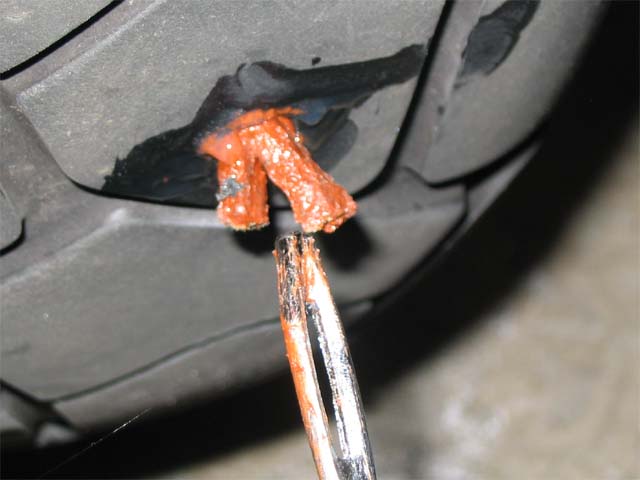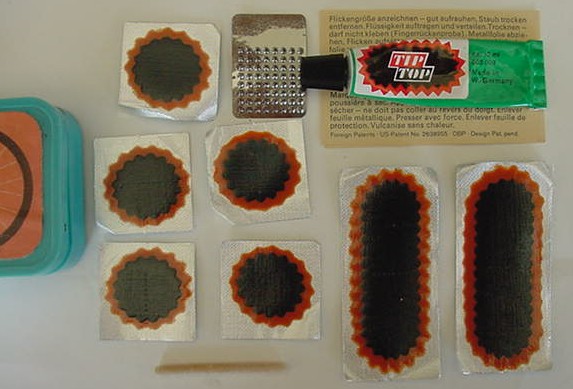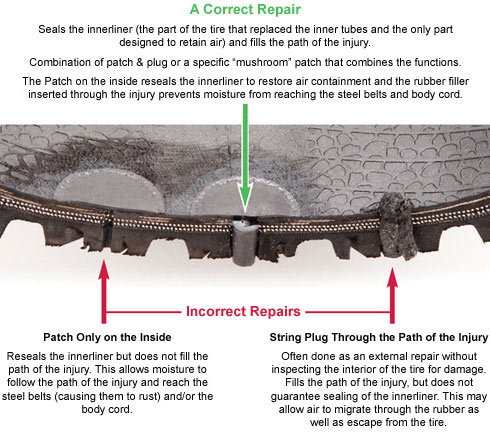Originally Posted By: Wilhelm_D
Originally Posted By: stephen9666
Quote:
Among the problems this type of repair can create is the intrusion of moisture into steel belts.
Not correct.
Actually .... correct.
Tire Rack - Flat Tire Repairs
String plugs are an improvement over a patch only on the inside - which is not a recommended repair method - but unlike a patch-plug or mushroom patch do not guarantee a watertight seal against moisture intrusion into the belt and cords.
The universally recommended repair involves a from-the-inside repair comprised of a patch with a plug which extends to and beyond the tread surface.
Michelin - Patch, Yes. Plug, No.
Again, plugs prevent water from entering the steel belts because they seal the path of the injury. I don't see anything in your posts saying only a plug allows water to get between the plies of a tire and rust the steel belts like you claim.
In fact, your Tire Rack link specifically mentions that solely PATCHING a tire (without the plug part) allows moisture into the steel belts. It's not plugs alone that do this, it's patches alone:
Quote:
While a patch on the inside of the tire reseals the innerliner, it does not fill the path of the puncture. This will allow moisture to reach the steel belts and/or the casing cords causing them to rust or deteriorate.
I'm not trying to be rude, this is a genuine question: do you have patches and plugs mixed up in your head? Are you actually confused and you're thinking of a round patch installed only on the inside of the tire when people here are saying "plug"?
I'm aware of the construction of a patch/plug, as I've installed many of them. If water can get by just a plug and get between the plies than it can also get by the plug part of a patch plug and get in between the plies. In that respect, they are the same.
The patch/plug combines the benefits of both repairs and is the best repair. I'm not arguing that. I'm specifically pointing out that your water intrusion argument against a plug -ahem- doesn't hold water.
This is only a plug. It seals the path of the puncture so water can't reach the plies of the tire. But it doesn't include the inner patch portion:
This is only a patch (no plug part sealing the path of the puncture, so water
can get to the steel belts):
This is a patch/plug. It seals the path of the injury, preventing water from getting to the steel belts, and also includes the round patch on the inside of the tire:
Here's a photo from the Tire Rack link specifically mentioning that using only a PATCH will allow water to reach the steel belts:











